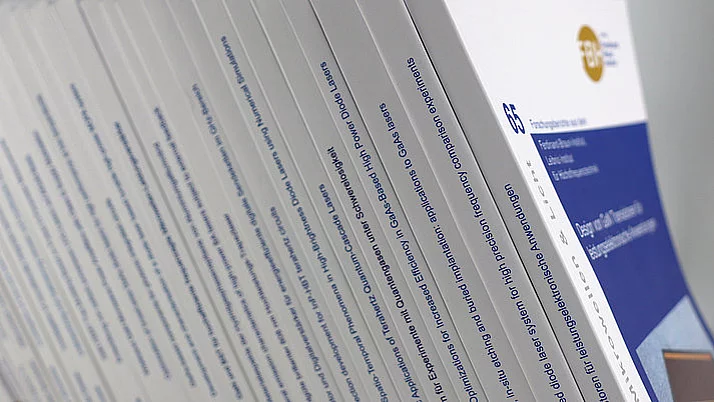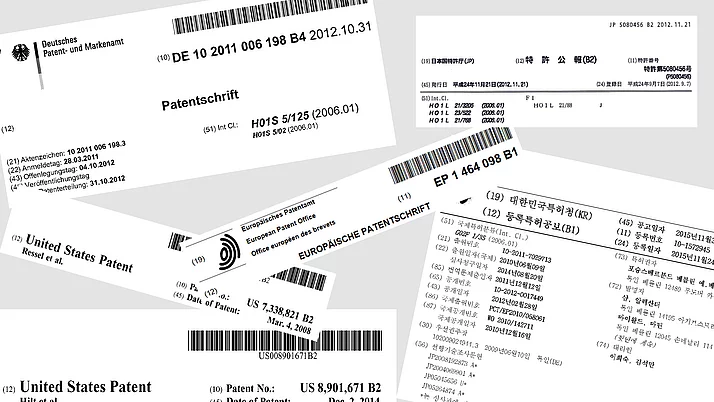Comparison of Ti/Pt/Au and Ti/Ru/Au contact systems to p-type InGaP
V. Malina1, K. Vogel2, P. Ressel2, W.O. Barnard3, A. Knauer2
Published in:
Semicond. Sci. Technol., vol. 12, no. 10, pp. 1298-1303 (1997).
Abstract:
The electrical and metallurgical properties of vacuum-evaporated Ti/Pt/Au and Ti/Ru/Au contacts to moderately doped p-type InGaP (p ∼ 3 × 1018 cm−3) and their thermal stability at higher temperatures are reported. Ohmic behaviour and typical contact resistivities of 4–6 × 10−5 and 6–11 × 10−5 cm2 could be obtained only for contacts annealed between 500 and 600 °C. When subjected to an aging test at 300 °C for 50 h in N2, the contacts originally annealed at 500 °C exhibited good electrical stability and only a minor increase of the specific contact resistance was observed during the first 25 h. SEM observation of surface morphology and SIMS in-depth profile measurements showed that the Ru layer, incorporated between the Ti contact layer and a thick Au top layer, proved to be a more effective and thermally more stable diffusion barrier than the Pt layer. As a result, the standard Ti/Pt/Au contacts were metallurgically stable up to 550 °C, while the newly proposed Ti/Ru/Au contact scheme exhibited a remarkable stability even after annealing at 600 °C.
1 Institute of Radio Engineering and Electronics, Czech Academy of Sciences, Chaberska 57, CZ-18251 Prague 8, Czech Republic
2 Ferdinand-Braun-Institut für Höchstfrequenztechnik, Rudower Chaussee 5, D-12489 Berlin, Germany
3 University of Pretoria, Department of Physics, Pretoria 0002, Republic of South Africa
Copyright © 1997 IOP Publishing Ltd. Personal use of this material is permitted. However, permission to reprint/republish this material for advertising or promotional purposes or for creating new collective works for resale or redistribution to servers or lists, or to reuse any copyrighted component of this work in other works must be obtained from the IOP Publishing Ltd.
Full version in pdf-format.


